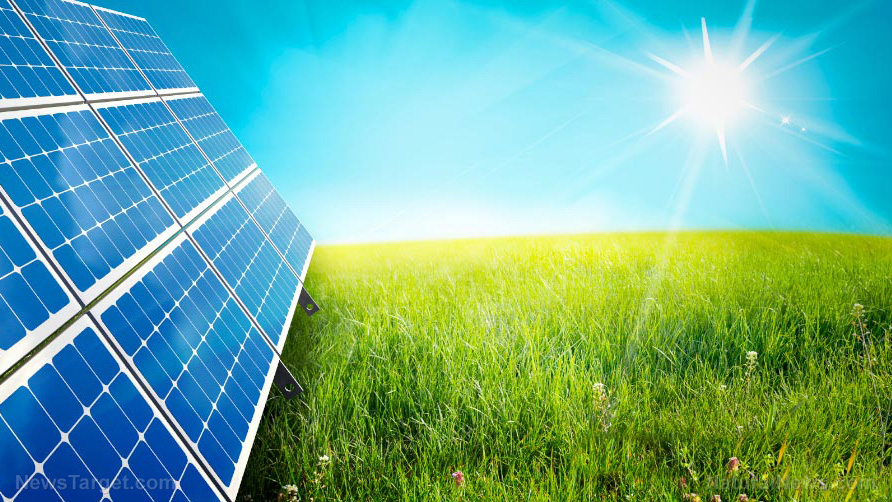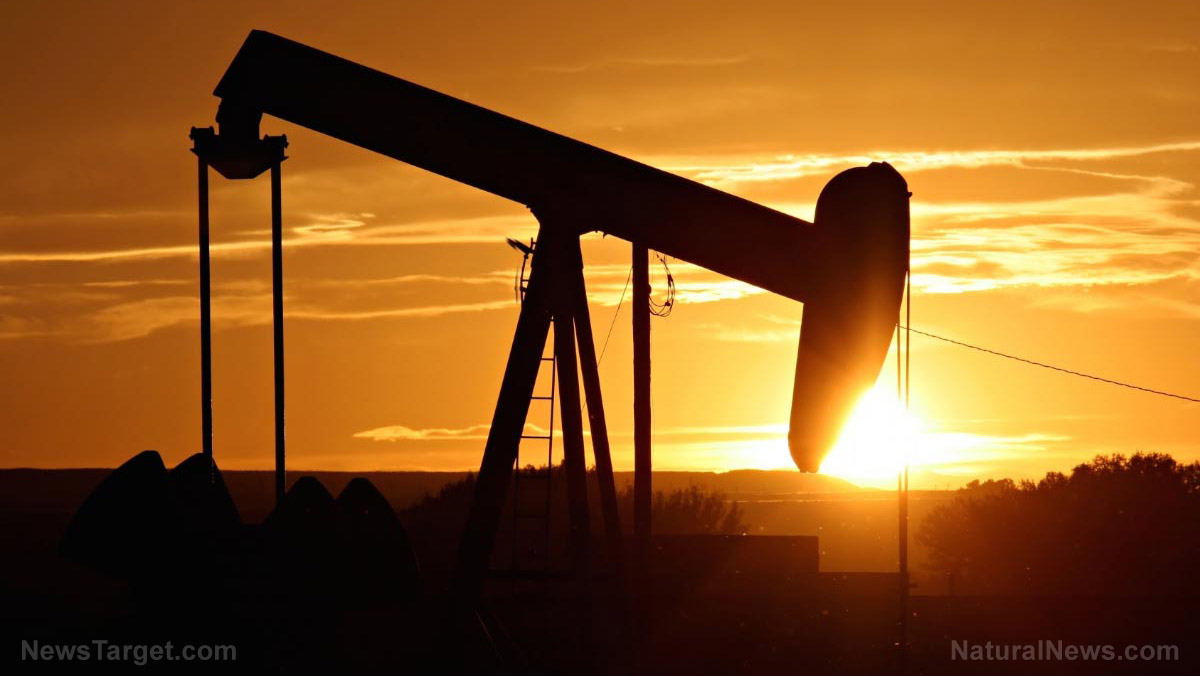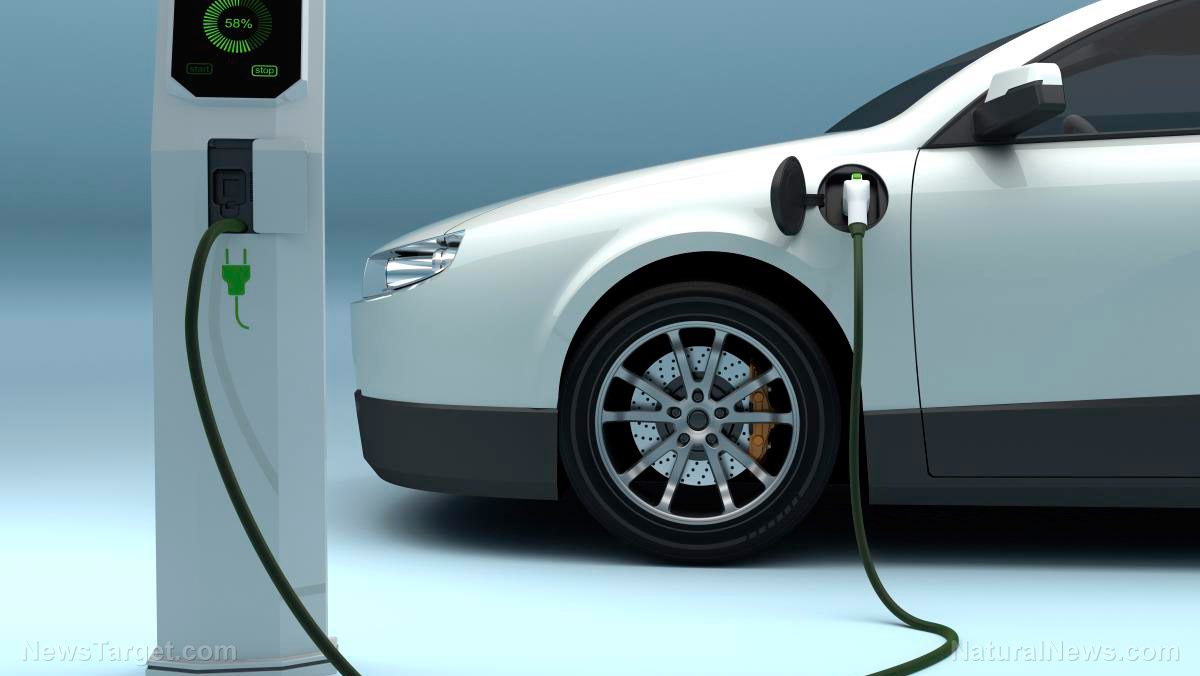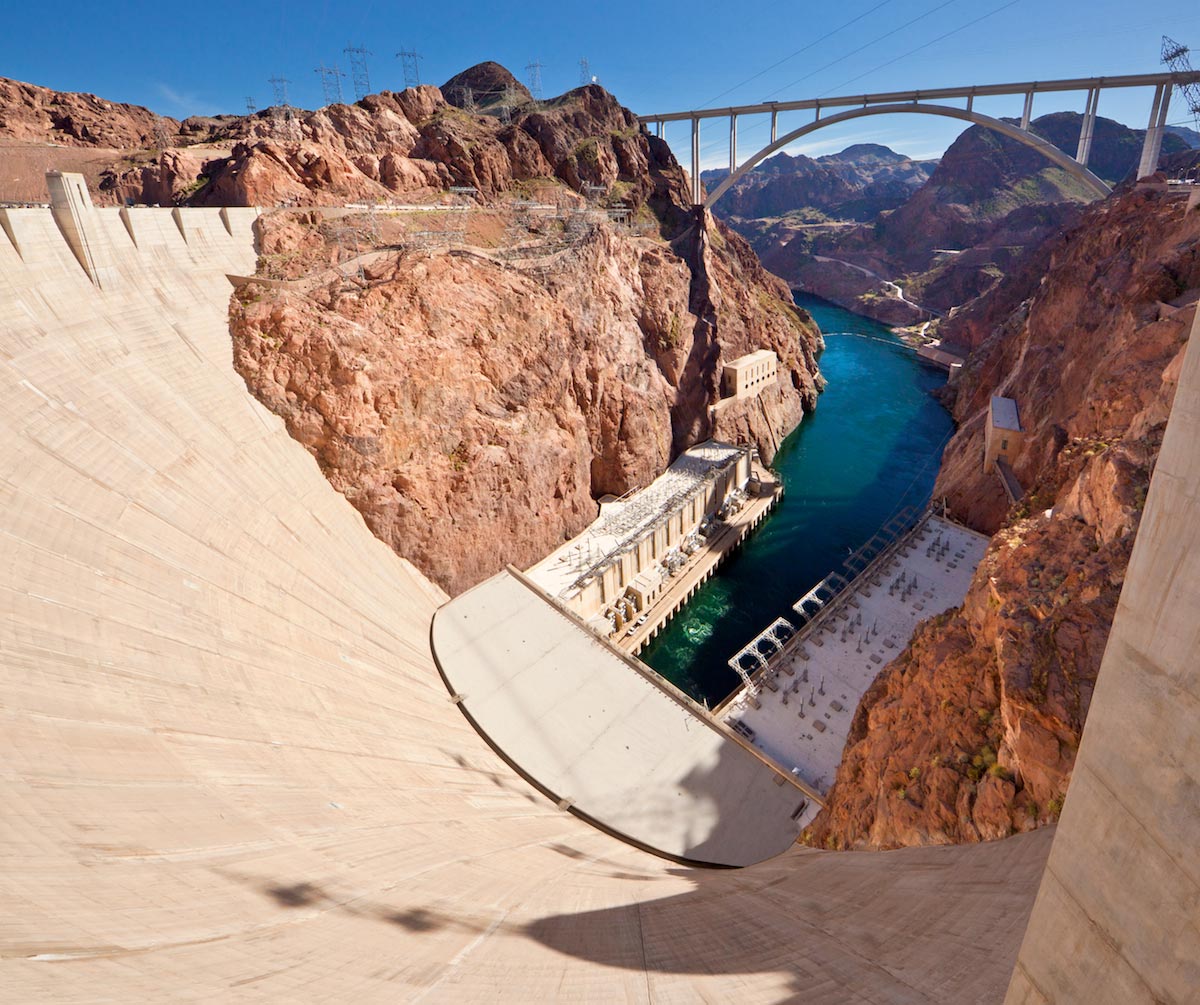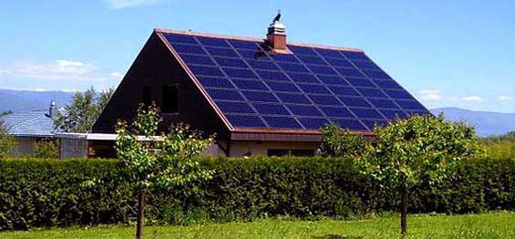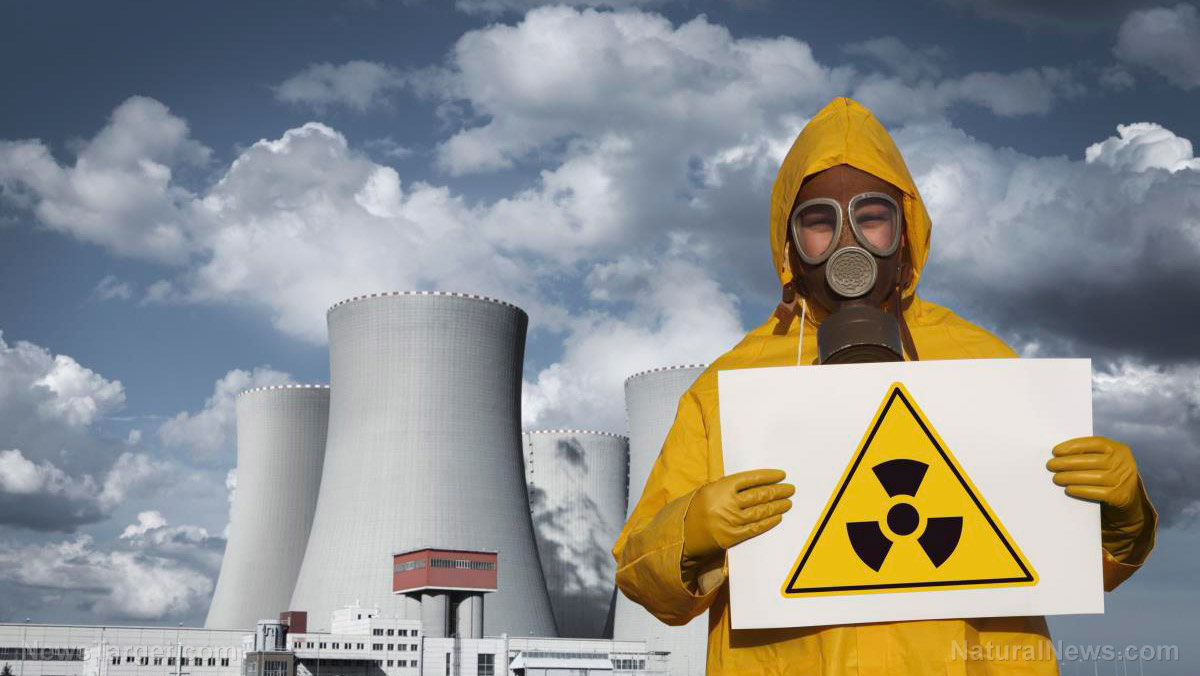World’s soon-to-be largest offshore wind farm just began construction, expected to deliver 4.1TWh of electricity each year
02/11/2018 / By David Williams
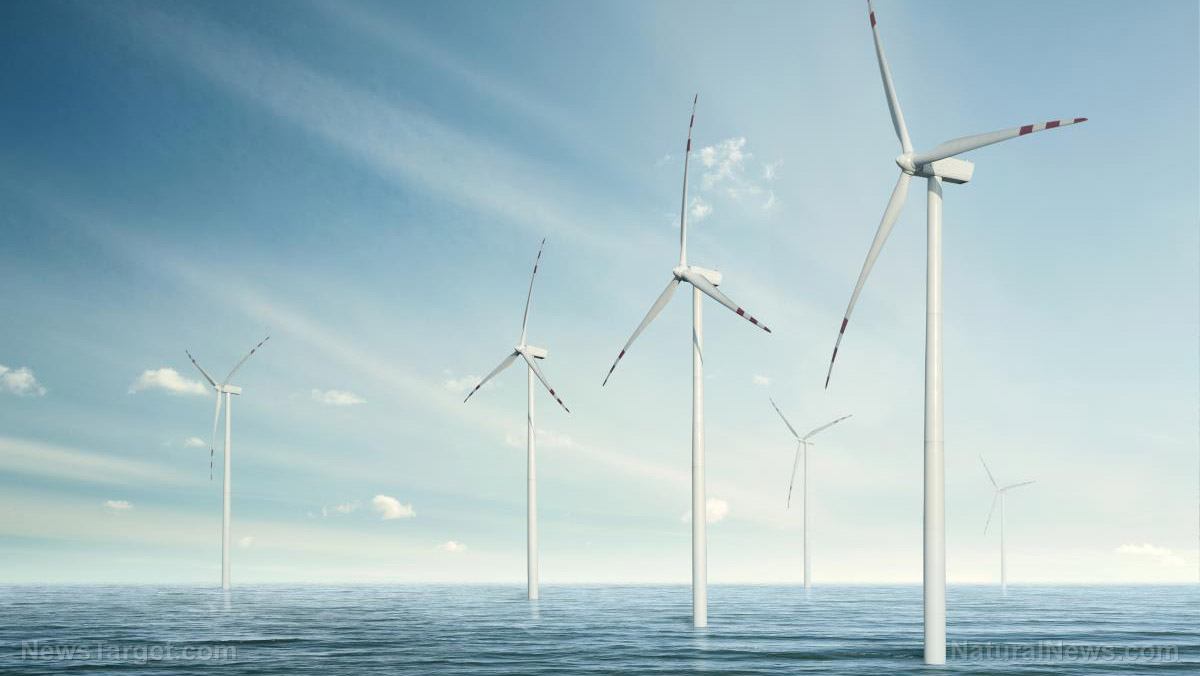
For all of their apparent benefits, it should be no surprise to anyone why many countries have decided to go all in for wind energy by building massive wind farms. Soon, the world’s largest offshore wind farm will finally be in operation. This is known because the company that is in charge of building it, Ørsted, has announced that its construction has already began. According to their estimates, construction should be complete in around two years, by the year 2020. By then, it will be the largest offshore wind farm in the entire world, capable of generating up to 4.1TWh (terawatt hour) of electricity per year.
Dubbed Hornsea Project One, it is the first of a series of massive offshore wind farm projects, which are set to be built one after the other in just the span of a few short years. Project One in particular will have a lot riding on it. It’s currently a 1.2GW (gigawatt hour) project that will consist of 174 separate 7MW turbines. The specific turbine model to be installed is the SWT-7.0-154, a model that is manufactured by Siemens. This is where the information about the site’s total energy generation capacity comes from.
According to Duncan Clark, the program director for the construction project, it’s good to finally see some real progress on their massive construction project. “After years of planning it is fantastic to see the initial stages of offshore construction begin,” he said. “My thanks to the teams working day and night on this significant milestone.”
Ørsted’s announcement of the news included details about the construction. It is said that there will be a total of 174 monopiles needed for the project, and that the first of them has already been installed. The site of the construction is located about 120km off the Yorkshire coast, and is being worked on by a GeoSea installation vessel called Innovation.
Innovation itself is a massive vessel, able to carry up to four separate monopiles at a time, with each of them weighing around 800 tons and measuring 65 meters long. Each monopile also has a diameter of 8.1 meters, meaning Innovation really needs to be wide enough to accommodate their girth. For now, Innovation will be the one doing most of the heavy lifting – including a later installation of some transition pieces for the construction project – but it will be joined by an A2Sea vessel called Sea Installer to finish installing the other transition pieces.
In the announcement post on the official Ørsted website, Clark clarified his company’s position on harvesting wind energy and why they made the decision to go after it as a renewable in such a big way. “Onshore, we are continuing to construct the East Coast Hub which will serve as an operations and maintenance base for our existing wind farms in the area,” he explained. He also mentioned the continuation of Hornsea Project One, dubbed simply Project Two, saying that they took a final investment decision on it last year.
“These wind farms will not only greatly contribute to the U.K.’s goal of decarbonizing our energy system, they are also bringing jobs and investment to Grimsby and the North East,” Clark said.
Apart from the great potential to generate massive amount of clean energy, an offshore wind farm does indeed carry many other benefits. Firstly, the source of the power – wind – is free and also 100 percent renewable. Secondly, the expensive wind turbines that are needed for the installation will most likely pay for themselves after just a few years. In short, building an offshore wind farm brings about many positive changes with very minimal negative consequences. Ørsted is definitely headed in the right direction.
Learn more about alternative energy sources in Power.news.
Sources include:
Tagged Under: offshore wind farm, Orsted, power, renewable energy, renewables, wind energy, wind farm, wind farmgreen energy, wind mill, wind power



